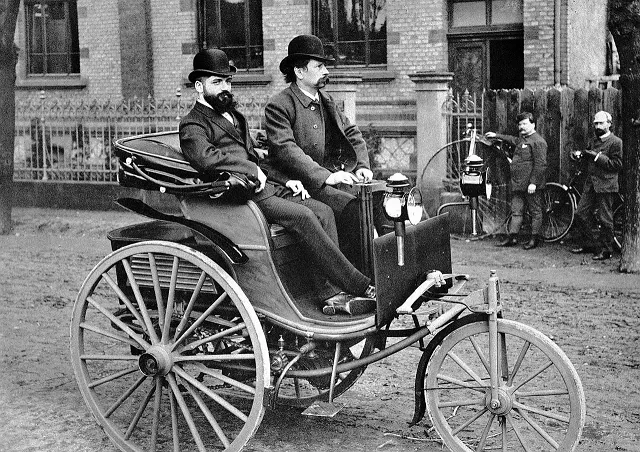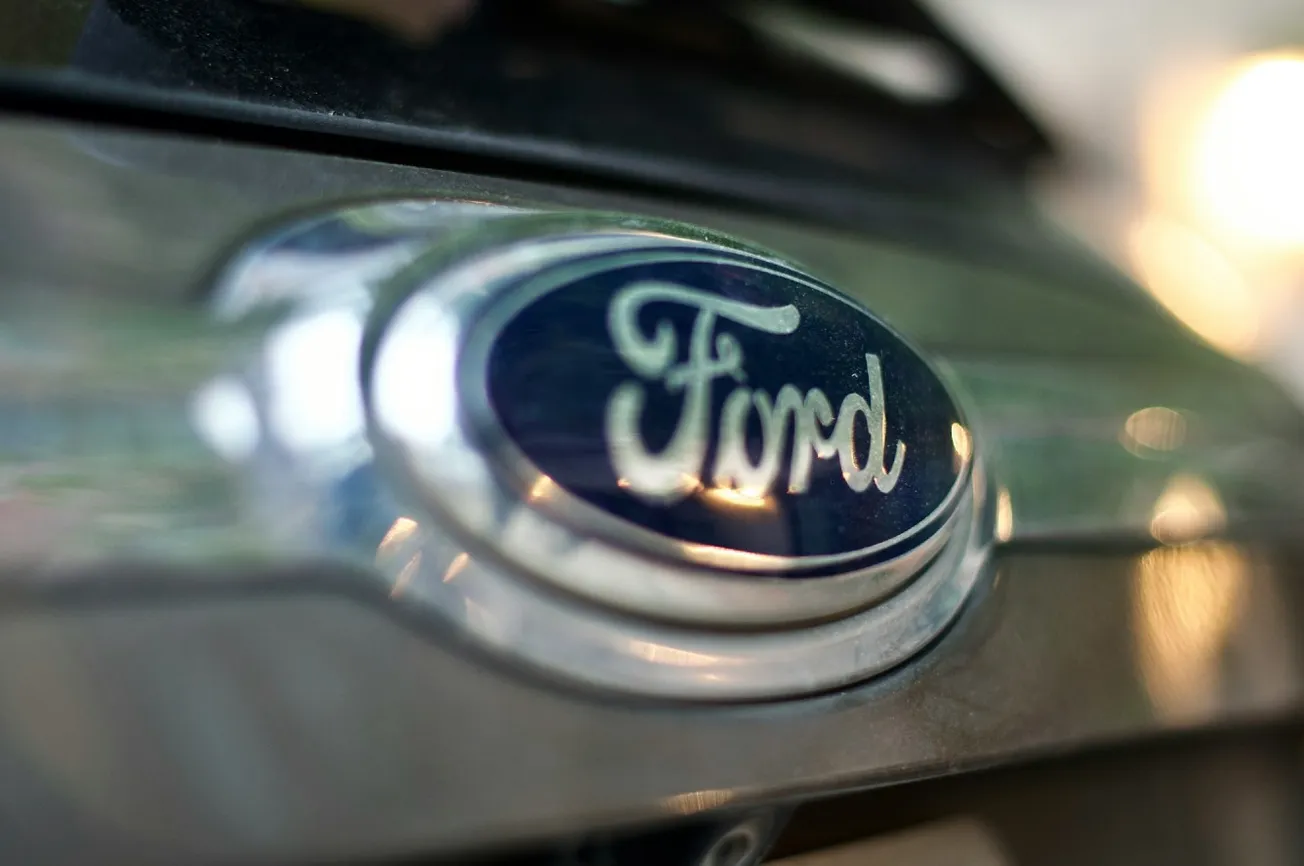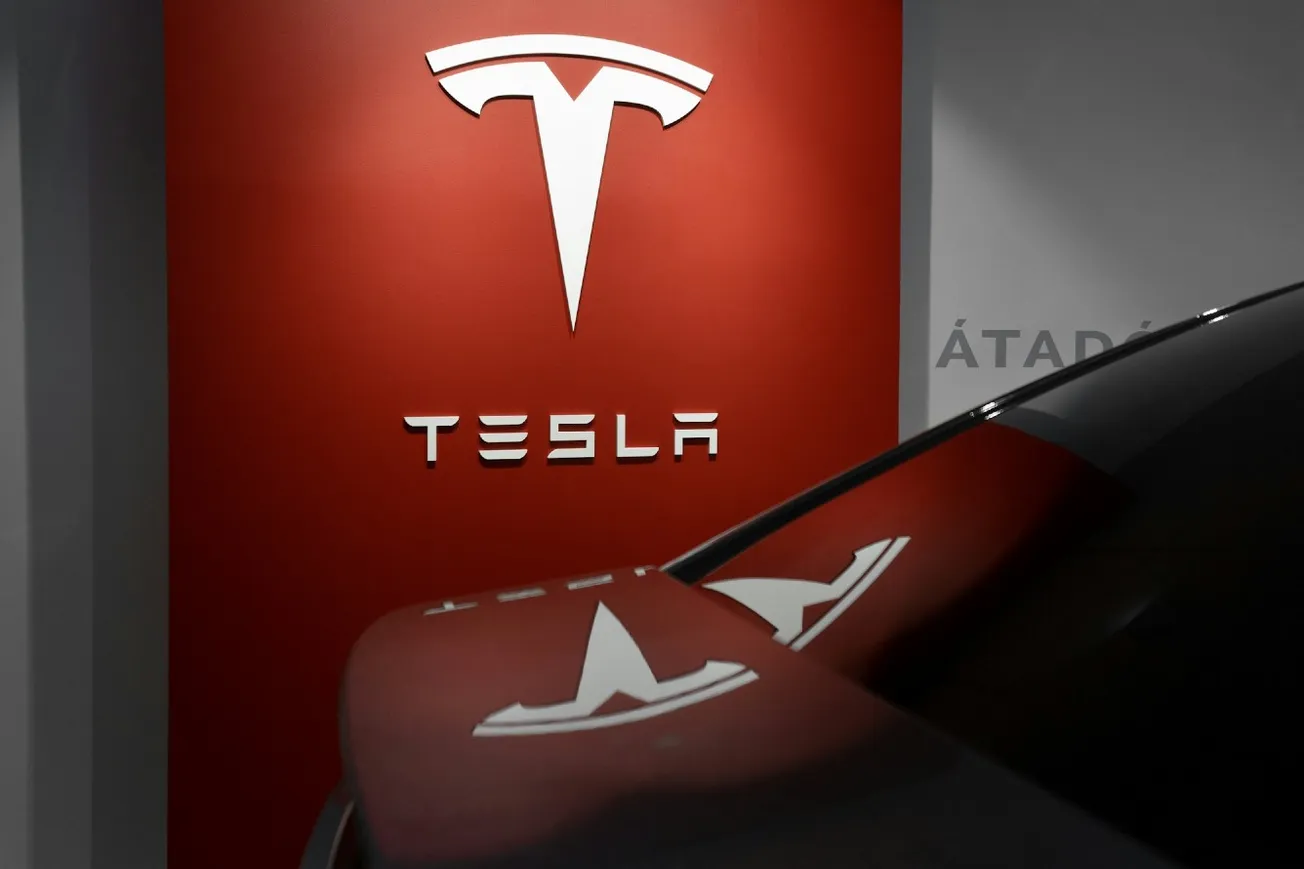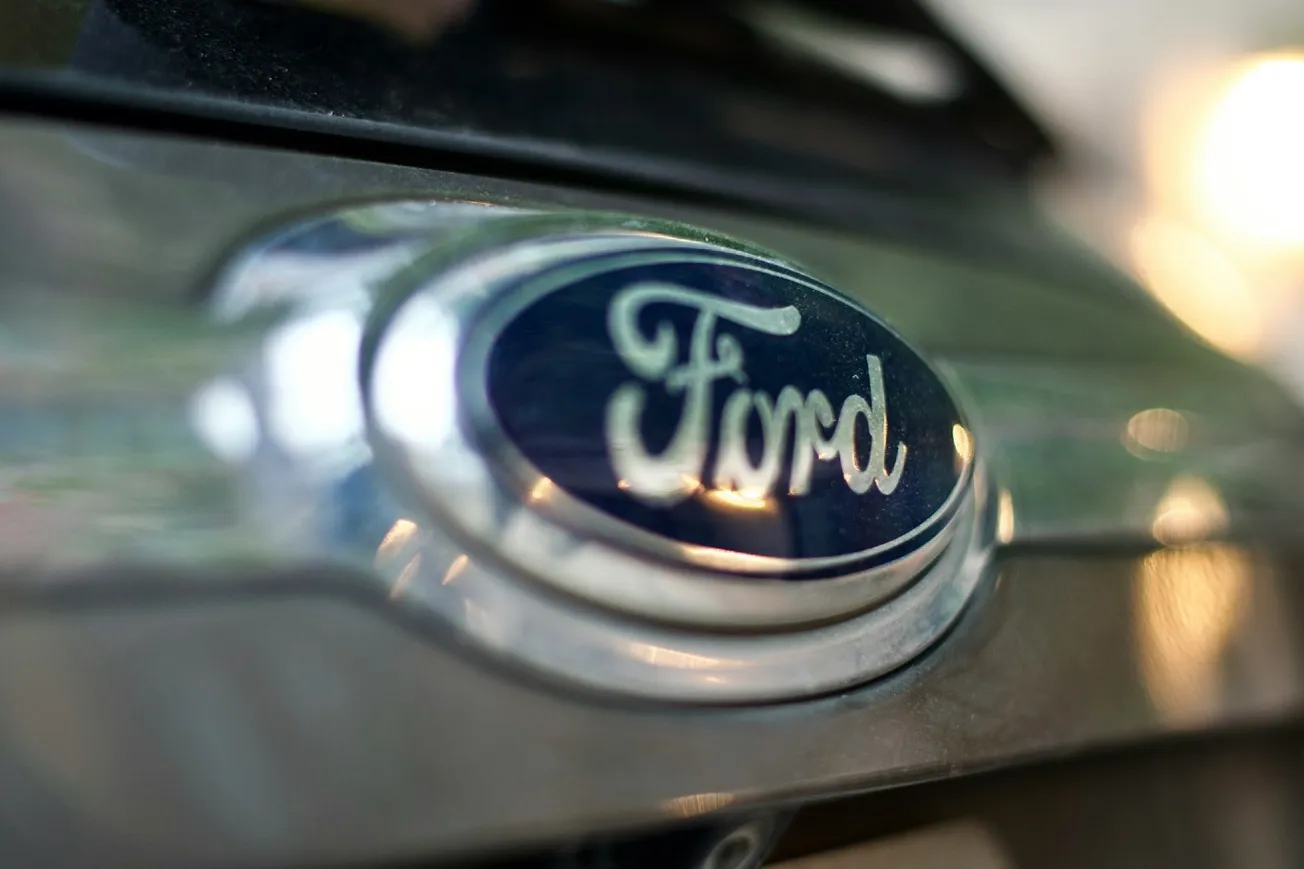A Glance At How It All Began
It is a widely accepted fact that the first real automobile was the Motorwagon, invented by and patented by Karl Benz in 1886. Purists will claim it had only three wheels and therefore is technically not a car. Still, it was the first internal combustion engine-driven vehicle that was fully documented and put into series production. Gottlieb Daimler produced a four-wheel version using a modified engine the very same year.
Benz’s wife Bertha funded his automotive adventure with her dowry. Besides her dowry, Bertha possessed a keen sense of marketing. She realized that it would be easier to sell their new Motorwagon if people knew of its existence. The easiest way to spread the word was to set a record of some sort in the vehicle; if a woman could do it, even better! So she set out to make a 121-mile long loop, in the Motorwagon, through lower Germany. She succeeded in 1888, and her accomplishments are known to this very day.
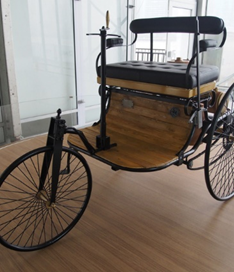
In Bertha’s day, the primary competition for the Motorwagon was a horse and buggy. In rural communities, this was a boon because horses were rugged, strong, and versatile creatures that consumed just water, grass, and oats! But, in the cities, matters were a bit different. Horses necessitated stables and groomsmen. The animals needed periodic exercise, feeding and produced both liquid and particulate emissions that needed to be dealt with!
The idea of automobiles was exciting. With more people developing their own internal combustion engines that ran on a variety of petroleum and grain-based liquids, the auto industry began to grow worldwide!
In the early 1900s, the mere sighting of a car was a novelty and a cause for celebration. Back then, cars were owned only by two segments of the society - the very wealthy who could afford to purchase and maintain these unique machines and inventors and technicians working to develop the new industry.
Cars In Mass Production
Henry Ford was one of the pioneers of this industry. He loved the concept of the automobile and developed model after model looking to improve his offerings and create a sustainable demand. As all early cars were virtually handmade and nothing was standardized, they were inherently expensive. Ford reckoned that if he could make a car that could be series produced at an affordable price, it could really be a game-changer.
It took him up to the letter “T” in the alphabet to develop a car that could fit the criteria. In 1908, with the introduction of the Model T Ford, Henry achieved his goal. Between its introduction in 1908 and the end of its production run in 1926, more than 15 million Model T Fords were sold! During the 1920s, it is said that more than half the cars sold in the US were Model T Fords!
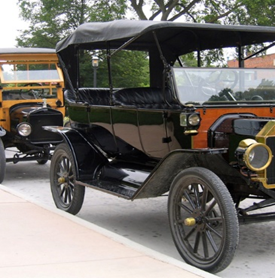
Obviously, Henry Ford did very well in the automobile business. But his cars did not offer the best possible solution for every potential automobile customer. Women particularly had issues with motorcars in those early years. The automobile had to be started using a hand crank that sat behind the front bumper and beneath the radiator. It required both strength and skill to crank an early model car properly. Too much ignition advance and the crank would “kick-back,” forcing the crank handle to very forcibly turn in the opposite direction! If you had your thumb wrapped around the crank handle (as when you shake hands), you could have an experience you would not soon forget. Henry’s wife Clara believed this was not a very lady-like proposition and represented a risk she did not want to take. She purchased a 1914 Detroit Electric car for her personal use. It spared her the indignity of cranking, drove silently, and did not require any changing of gears!
Wait a minute; there were electric cars in 1914?
Well, if electric cars were so easy to start, so nice to drive, and already in production, why didn’t the automobile industry switch to electric cars at that point? I am glad you asked that question.
Why Didn’t Electric Cars Become Popular?
There were four major reasons why electric cars did not become the norm at the beginning of the 20th century, and some of them are valid to this very day!
- The primary reason was a pure matter of energy density. Simply put, it would take approximately 600 pounds of lead/acid batteries to hold the same amount of energy contained in a single gallon of gasoline, which weighs about 6 pounds! There were no real quantum leaps in the energy density of batteries until the Lithium-ion batteries in the 1980s. For an electric car to have the same range as a gasoline car with a five-gallon tank, it would have needed 3000 pounds of batteries!
- While electricity was readily available in most US cities in the early 1900s, the grid did not cover the entire country. So even in those early days, electric car drivers suffered from “range anxiety,” or the fear of running out of charge before you arrived at your destination or completed the roundtrip.
- Further, the internal combustion engines in early model cars had low compression ratios and were not particularly choosey about what fuel they burned. So even if there was no gasoline station in the small town you were driving to, you probably could find some petroleum or plant-based flammable liquid you could put in your tank to get to where you were going. Even if you had to bring it to your car in a bucket or a pail, you could still pour it in! Batteries simply don’t have that level of flexibility.
- There is also the issue of the speed of refueling. Even at a gravity-fed gas station from more than 100 years ago, you could fill your car in a few moments and drive away. Charging batteries was, at that time, a true overnight proposition. While battery energy density has improved significantly and battery charge time has been reduced, it is still nowhere close to as quick as refilling a gas tank.
- And one more thing, remember that troublesome hand cranking that you had to do on early internal combustion engines to start them? Well, in 1912, Charles Kettering developed the first electric starter, which soon made hand cranking a thing of the past, making non-electric automobiles more appealing.

By the 1930s, gasoline was the clear winner in automotive applications. This is not to say that all other fuels were obsolete. Diesel fuel offered higher thermal efficiency and worked particularly well for heavy-duty applications like railroad locomotives, heavy trucks, construction equipment, marine and industrial engines, and even a relatively small number of cars. But gasoline had become the primary source of automotive fuel.
Prosperity and Pollution
After the Second World War, a wave of prosperity spread around the world. Industrialization flooded the market with new and innovative products. Sales of almost everything went up - appliances, homes, and of course, automobiles. Our need for electricity expanded way beyond what could be produced by falling water. New electric plants were commissioned around the world, those that ran on coal and oil, and later natural gas and even nuclear power. By the mid-1960s, the skies over most of the world’s greatest cities showed obvious signs of air pollution.
Governments and the public alike realized it was time to do something about it! Here in the States, we established the Environmental Protection Agency who developed the first round of clean air standards, which were passed in 1970 as part of the Clean Air Act. While these standards were radically stricter than anything the industry had seen before, they had until 1976 to prepare to implement them.
Beginnings Of Emission Control
Around the same time, at a relatively small car company in Sweden, Volvo, an engineer named Stephen Wallman, was working with his colleagues and their counterparts at the German company Robert Bosch to develop a new and innovative way to reduce the harmful emissions from automobile engines. Together, they developed the Lambda-sond Emission Control System.

This unique system “closed loop” used a sensor in the exhaust pipe to monitor the oxygen coming out of the engine connected to the fuel injection system to constantly adjust the mixture to put out the optimal ratio of air to fuel. This “perfect” exhaust then passed through a three-way catalytic converter that reduced the emission levels of the three regulated exhaust pollutants to previously unimaginable levels.
For the first year, this system was unique to Volvo, but later it was made available to other manufacturers. With its oxygen sensor in the tailpipe, this closed-loop system, connected to the fuel injection system flowing through an exhaust catalyst, provides the basic architecture for all gasoline engine emission controls to this very day!
The Lambda-sond system was introduced in model year 1977 Volvos. That same year Volvo received the first-ever National Environmental Industries Council Award for Excellence in Air Pollution Controls. It was signed by the President's Council on Environmental Quality and the EPA.
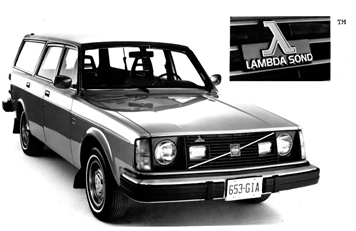
Interestingly, while testing the system in Northern California, at times, the quantity of hydrocarbon molecules in the air entering the Volvos engine was actually higher than the number of hydrocarbons coming out. Driving the Lambda-sond equipped Volvo was actually cleaning the California air!
In less than a hundred years, the automobile industry moved from the drawing board to mass production. It went from hand cranks to electric starters and emission control systems. From a symbol of affluence, cars became a means of transport affordable to the masses.
Now, the industry is at yet another crossroads. The quest for zero-emission vehicles will create a new paradigm shift. Read about what’s in store in Automobiles – The Road Ahead (Part 2, to be continued next week).


